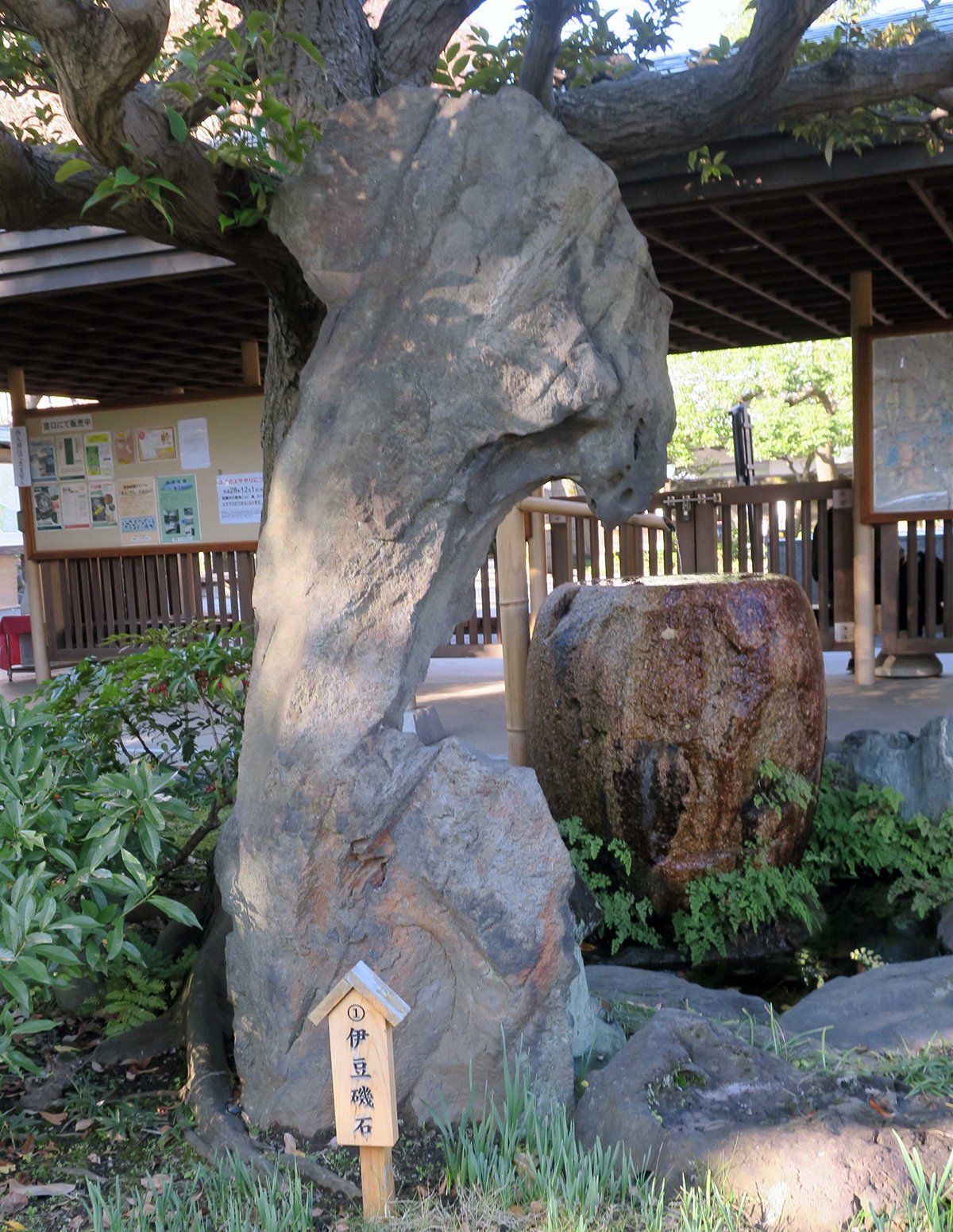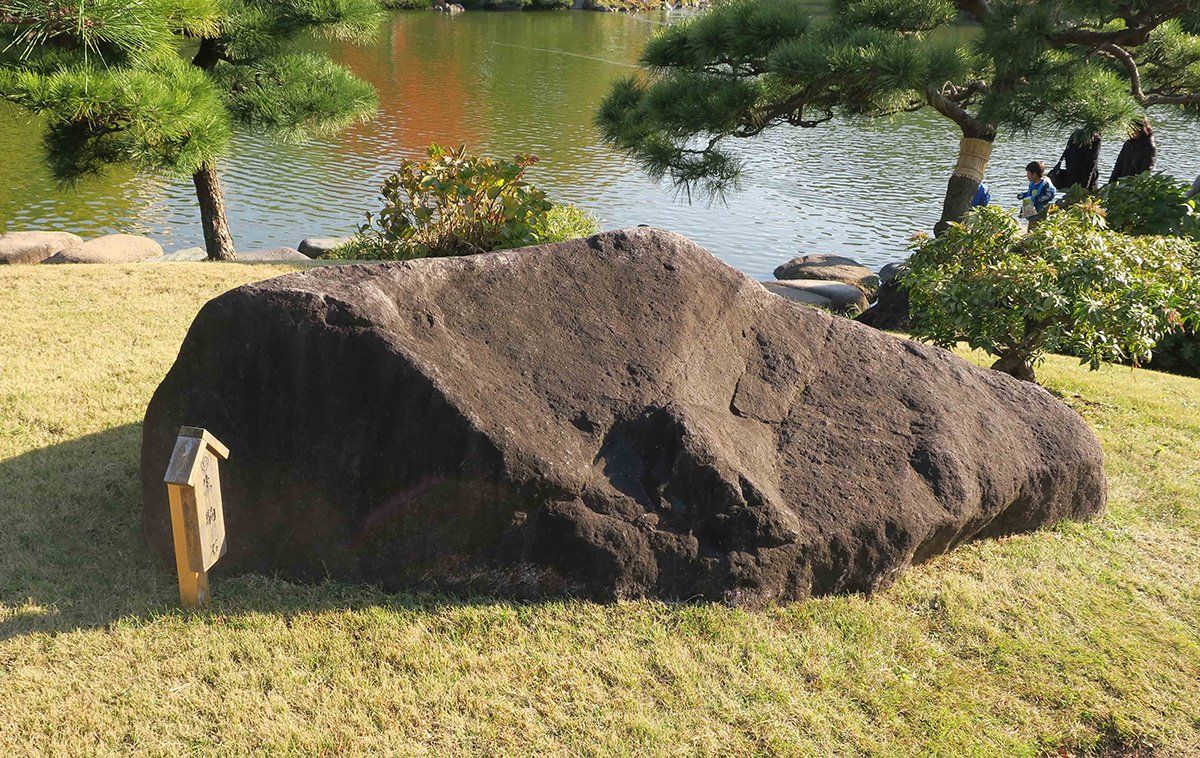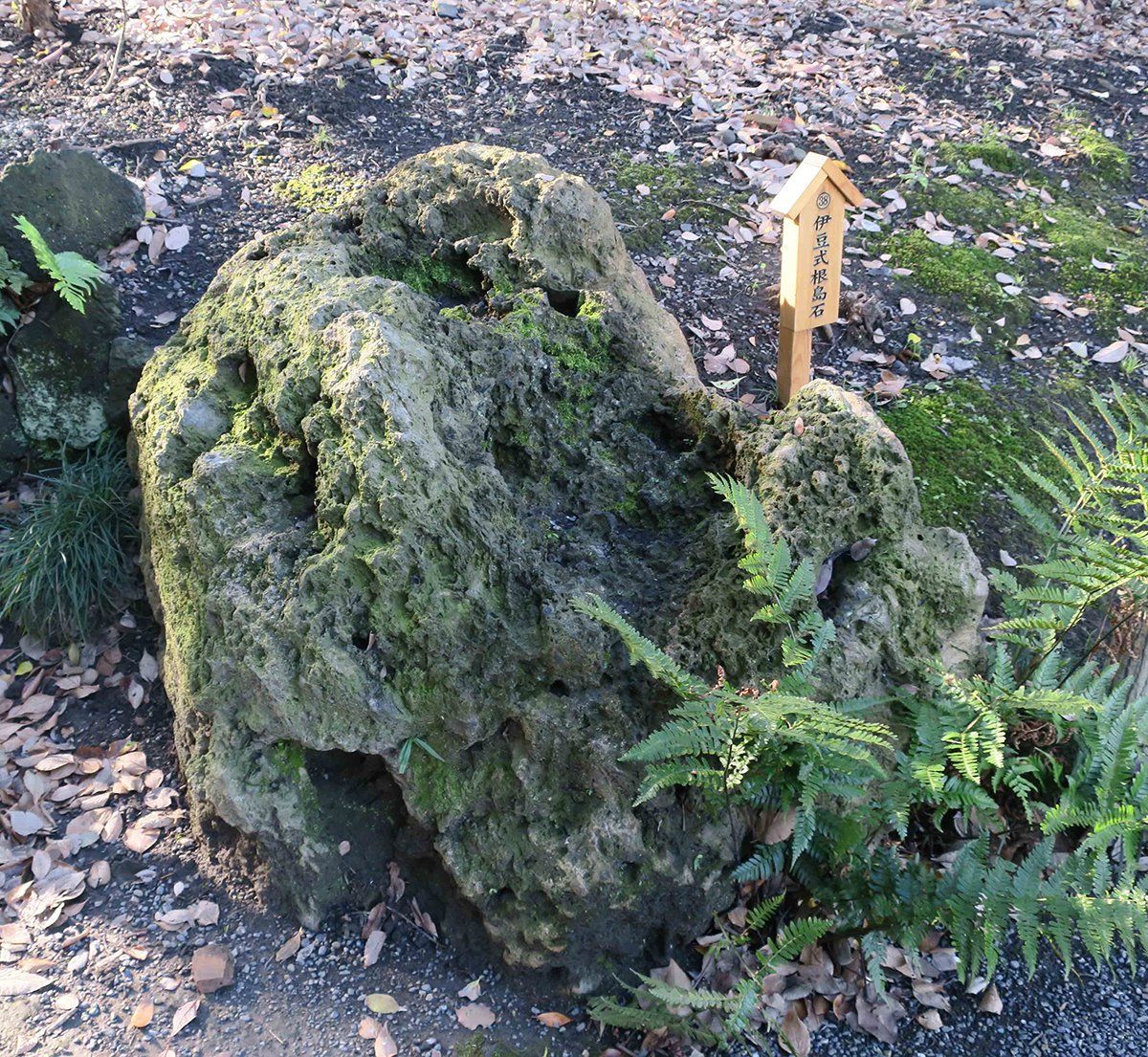The Kiyosumi Garden, Tokyo
The Kiyosumi Garden in Tokyo features over 50 types of native rocks displayed in the landscape of this circuit-style garden.
By Thomas S. Elias, April, 2022
As the pandemic ebbs, tourists will be streaming back to Japan. Those interested in suiseki, viewing stones, and the use of stones in Japanese gardens should include the attractive Kiyosumi Gardens in Tokyo in their itineraries. This delightful garden is for all stone lovers -- novices to connoisseurs. It is a garden featuring the native stones of Japan. There is so much to see and learn in this 81,000 square meter park. This garden is unlike the older Zen gardens in Kyoto, yet it has numerous meditative qualities combined with year-around seasonal flowering and foliage displays.
The site has a long history with a wealthy Edo period merchant and a principal lord before it was acquired by Iwasaki Yataro, the founder of Mitsubishi Corporation in Meiji 11 (1878). Initially, this garden served as a place to host high-ranking guests and employees of the company. The garden was a place of refuge during the Great Kanto Earthquake in 1923. The Iwasaki family donated the garden to the City of Tokyo, and in 1932 it was opened to the public.
It has a large pond in the center of the garden with three large islands. The meandering trail circling the pond renders it a Meiji-era kaiyu-style or circuit-style garden. What sets this garden aside from all other Japanese gardens is the decision to bring 55 different types of boulders from different localities throughout Japan. These stones or stone groupings line the strolling path around the water body. This is the best opportunity to see the range of natural shapes, forms, and textures of rock types native to Japan. Suiseki enthusiasts are familiar with Sado Island Akadama stones, but what do the naturally occurring Sado island stones truly look like?
The garden staff numbers each of the major stones along the circular path to aid visitors in identifying the different types. The first stone, number 1, is located just as you enter the garden. It is an Izu seashore stone (Izu-iso-ishi). This stone has many features, reminding us of the roughness of a rugged seashore. It was set up vertically reminding us of Taihu stone in China or a unique art object.
An Ikoma stone (granite) is blueish black in color, a characteristic of Ikoma stones, and has the added feature of a rough surface. This stone is combined with smaller stones to show their presence for people strolling in the garden.

Stone number 5
Stone number 7
Two Sado Akadama stones (Sado Akadama ishi) are number 7 along the path. The stones are chert. The large stone is very red which is a feature of Akadama stone. The color and shape are excellent. These stones are used as accents around the water pot with legs. Note: Sado Akadama stones are already exhausted and digging is not allowed anymore. They are very valuable nowadays. The Akadama stones in the Kiyosumi Garden are excellent stones with very good red color. This color comes from a small quantity of iron in the Akadama.

Stone number 13
An
Ikoma
stone (granite) is the thirteenth along the path. It is black in color and has a fine surface that is characteristic of Ikoma stones. There is a trace of an arrow in the back of the stone.

Stone number 38
Stone number 39
The
Izu Shikine Island Stone (Izu-shikine-jima-ishi) (38) is andesite, a hard stone with fine uneven surfaces. The animal-shaped landscape stone (39) is from Manazuru and has fine small dots on the surface. The shape resembles a lion.
Dry waterfall is stone display number 41
Number 41 along the path is a stone dry waterfall. A Kishu green stone with a height of 3 meters is used as Mirror stone and the same green stones on the left and right sides make a waterfall. In the front, small and large Shikoku green stones are placed as water receiving stones. Izu Gorouta stones represent the Fuji River and are placed at the bottom of the waterfall. This stone structure is considered to be the guardian stone in the entire design of the garden.
In addition to 55 featured large native boulders, native stones are used as bridges, stepping stones along paths and over water, and to build a dry waterfall.
One large stone is engraved with a famous haiku (Japanese poem) by Matsuo Basho.
An ancient pond
A frog jumps in
The splash of water
This garden serves many purposes. It can be a place for meditation and reflection. The beauty of the flowers in spring and the foliage color in autumn brightens the spirits of many visitors. It is also a place for stone lovers. A visit to Kiyosumi Garden will help foreign visitors learn more about the role of stones in Japanese culture and better appreciate the often-enhanced stones used in suiseki practices.
The Kiyosumi Garden is located at 3-3-9 Kiyosumi, Koto-ku in Tokyo and the grounds are open to the public from 9:00 a.m. until 5:00 each day. It is closed from December 29 to January 1. General admission is 150 Yen (about $1.25) although the admission fee for people 65 years of age and older is only 70 Yen (about 60 cents). The Kiyosumi-shirakawa Metro station is across the street from the garden.

